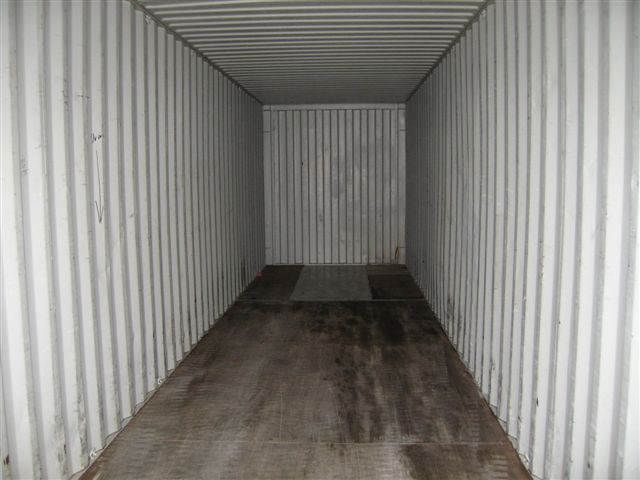Decoding Specs of a Shipping Container
 When people are looking up specifications of a cargo shipping container, it can sometimes be confusing, especially if you are green to international cargo shipping. Usually when a shipping line or freight forwarder has container dimensions listed on their website, we will see a few different dimensions which can be useful depending what you are doing. Many times a list will show a shipping container’s interior, exterior dimensions as well as three to four types of weight measurements. It can lead to a lot of questions as to which one you will need for your cargo.
When people are looking up specifications of a cargo shipping container, it can sometimes be confusing, especially if you are green to international cargo shipping. Usually when a shipping line or freight forwarder has container dimensions listed on their website, we will see a few different dimensions which can be useful depending what you are doing. Many times a list will show a shipping container’s interior, exterior dimensions as well as three to four types of weight measurements. It can lead to a lot of questions as to which one you will need for your cargo.
Beginning with dimensions, interior and exterior lengths are self explanatory. One is the inside of the container and one is the outside. Given that the inside is always slightly smaller than the outside, these dimensions can affect how a container can be loaded or how it will fit in the loading dock. When we talk about container weight, there can be more concerns. Not only do you need to know for your own loading purposes, but for over the road weight limitations as well. Usually shipping companies will list the weights in three categories: Gross, Tare, and Payload. The gross weight is the total weight of the container including its maximum weight it can hold. The tare is the container’s weight without the cargo inside and the payload is the maximum amount of weight for the cargo.
While this seems fairly straight forward, it is important that the loading company knows the correct container dimensions before loading their cargo. Weights will be needed to be sure contents are not over weight for the roads as well as overweight for the shipping lines. Steamship lines will especially stress weights of the containers since it can make a huge difference on the ship if the wrong container weights are declared. And this will impact how much the freight shipping rates are.
Sign up today and you can receive shipping quotes for vehicles and other specific commodities.
